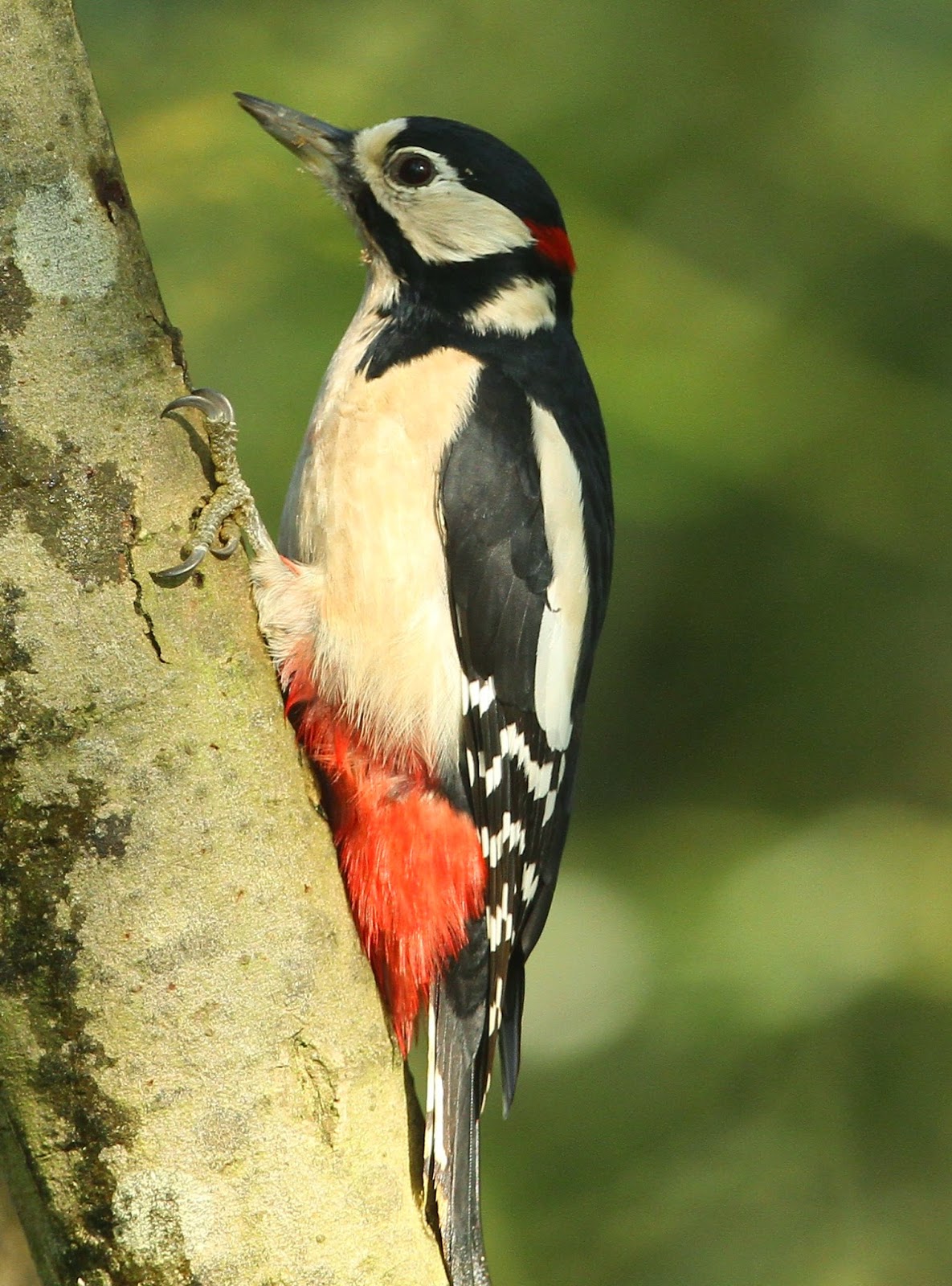I arrived to park up in woodland close to Thompson Water, from my start point, I walked the woodland carr habitat before returning to spend some time along the reedy fringes of the water.
The first birds to emerge from their roost was a number of calling Goldcrests, this was followed by calling Marsh Tits and Nuthatches. A couple of singing Coal Tits were seen and heard.
| Water Rail at Thompson Water 30/01/15 (One of two together) |
An overview of Thompson Water produced 5 Shoveler, 60+ Teal, 50+ Gadwall, a few Wigeon, and Mallard. A couple of Reed Buntings were seen in the waterside scrub.
The dense, swampy, willow scrub and thick reed-beds also held calling Water Rail. I was able to get close to where the bird was calling, but as is usually the case I just heard the pig-like squealing call. I decided to wait quietly.
Eventually, I caught movement in the reeds and before long I could see a Water Rail, but frustratingly, the bird was partly concealed in cover. Further waiting however saw this enigmatic bird appear between reed cover, but then I was amazed to see a second bird close to the one I was watching. My patience was further rewarded when the Water Rails came quite close, however, any disturbance saw them run at lightning speed into cover.
| Water Rail at Thompson Water 30/01/15 (emerging from reed cover). |
Water Rails have evolved perfectly to their habitats, seen head on, they are quite narrow in structure, this allows the bird to weave in and out of the reeds. Their large splayed toes spreads the weight of the bird as it stealthily makes its way over reed/weed debris on the surface of shallow water.
| Water Rail at Thompson Water 30/01/15 |
Water Rails breed at Thompson Water, however, their numbers in winter are augmented by winter visitors.
Many birders will go through their birding lives only hearing this stunning bird, I therefore feel privileged that 2 Water Rails today provided me with excellent, and memorable observations. If you want to see Water Rails, stand and wait close to where you heard them, they may just emerge to give you a memorable sighting as they skulk within cover.






